Responding to Disaster: Big Picture / Little Picture
Johnny Sanphillippo is a Strong Towns member and regular contributor who blogs at Granola Shotgun. Johnny writes often about personal resilience as a counterweight to collective fragility: how do things shake out for individuals when disaster strikes, and our institutions aren’t up to the task of bailing us out?
One of the questions on our Strong Towns Strength Test is, “Imagine your favorite street in town didn’t exist. Could it be built today if the construction had to follow your local rules?” We originally framed this in terms of zoning and building codes—would it be allowed to be rebuilt? But there are more profound questions that have also been part of the ongoing conversation within our movement:
Would we be able to rebuild the places we live if they suddenly went away?
Would our institutional and financial arrangements make it possible for us to afford to?
And furthermore, would we choose to? In the event of disaster—ecological or economic—what are we going to save and what are we going to walk away from?
These questions are personal for Johnny, because he also happens to own two properties in Northern California. This put him very near ground zero of 2017’s Sonoma County wildfires, which he wrote about in the essay, “What Happens After Half Your Town Burns Down?” A year later, in the wake of the record-shatteringly deadly Camp Fire (as of this writing, finally 100% contained), Johnny offers more thoughts on what this apparent new normal means for individual Californians.
This pair of essays was originally published on Johnny’s blog and is republished here with permission. Check out the originals here and here for more photos.
Big Picture
There are some serious forest fires burning all across California at the moment [Editor’s note: since this piece was written, the fires have been contained] and the smoke from distant counties has turned the air here in San Francisco into an autumnal barbecue-flavored mist. Bits of white flaky ash are drifting down from the sky like cherry blossoms. Last year around this time there were similar fires that burned entire neighborhoods destroying thousands of homes and businesses. This year it’s significantly worse.
I have a young German visitor here this week and we’ve been exploring the city and countryside together. His trip coincides with the unfolding drama and we’ve been talking about the larger context. Germany just experienced one of the driest years on record with droughts that affected agricultural production. There’s a similar situation in Ireland, Sweden, Ukraine, Australia, and elsewhere.
There’s nothing new about forest fires or droughts in California. They’re as omnipresent and recurring as earthquakes. However, there are a lot more people and buildings in more places now than there used to be as the population expands and migrates to more remote locations. So the same fires cause more damage. And these recent fires are also much more extensive and intense than before. Is this a side effect of a century of fire suppression and forestry management that inadvertently allowed massive fuel loads to accumulate? Or is this part of new human induced climate change? All of the above?
The German guy and I were having this conversation in my car as he snapped photos of the smoke and ash through the windows. He had just flown halfway around the planet to get to California with side stops in the Caribbean and Canada along the way. If people are contributing to a shift in the atmosphere by burning hydrocarbons… we’re it.
Suggesting that people drive and fly less and live in a slightly different manner is a cultural and political non-starter. Unfortunately business-as-usual is producing increasingly unpleasant side-effects. Change may come, but it isn’t going to be planned or voluntary. Instead we’re all going to absorb a variety of unintended consequences. A lot of folks prefer a random surprise natural disaster rather than pointy headed experts dictating how we all live. Es ist mir alles Wurst.
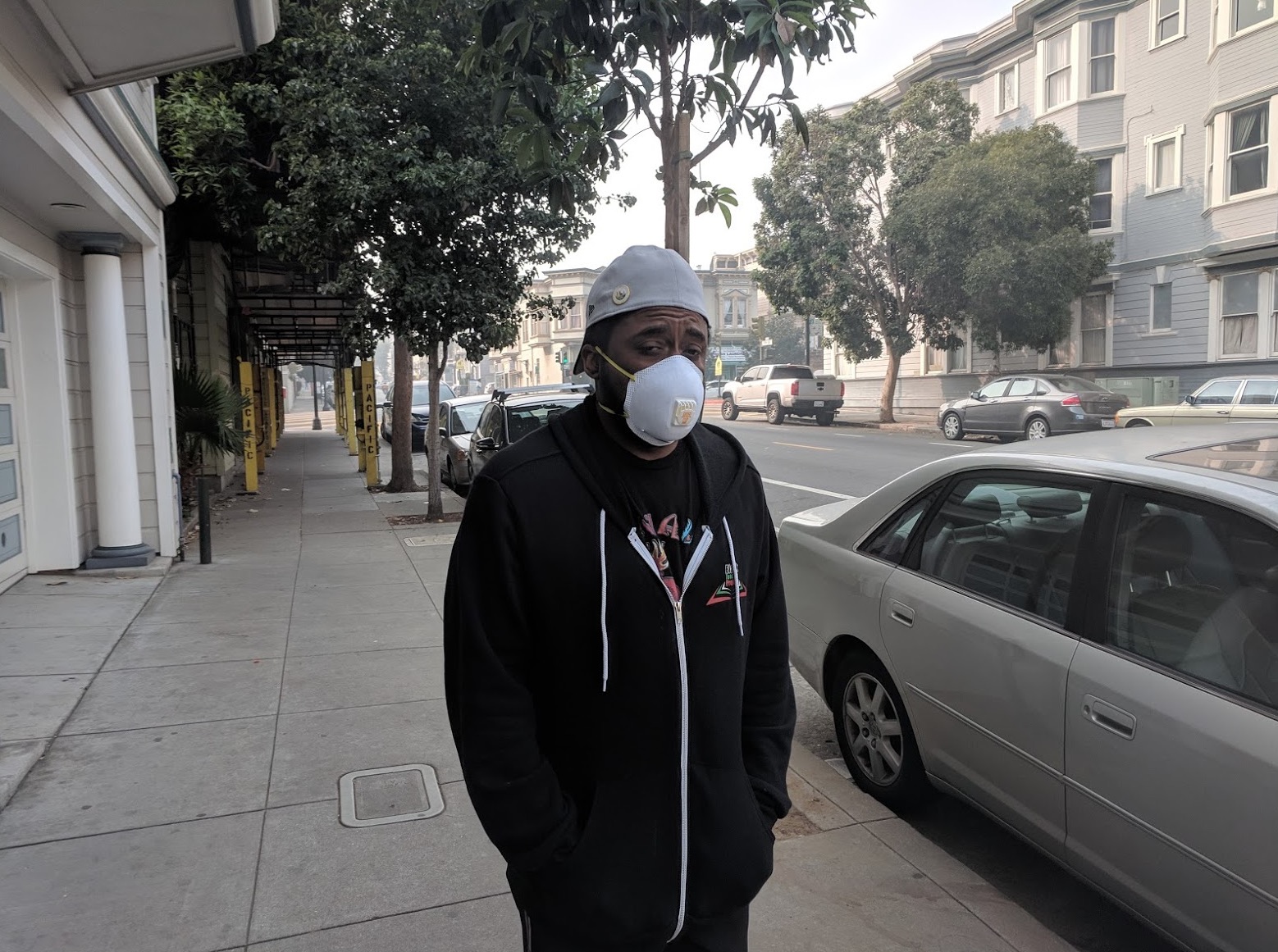
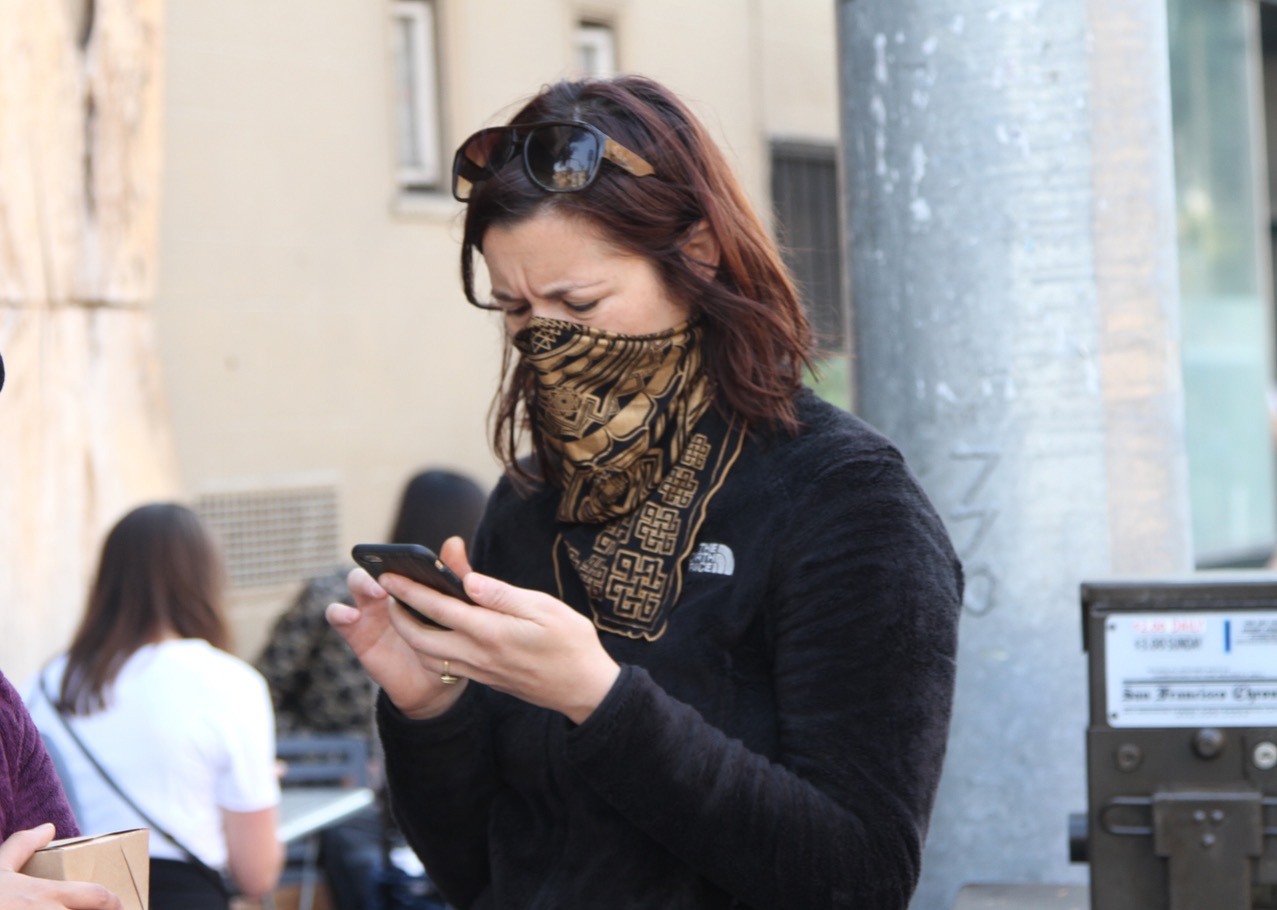
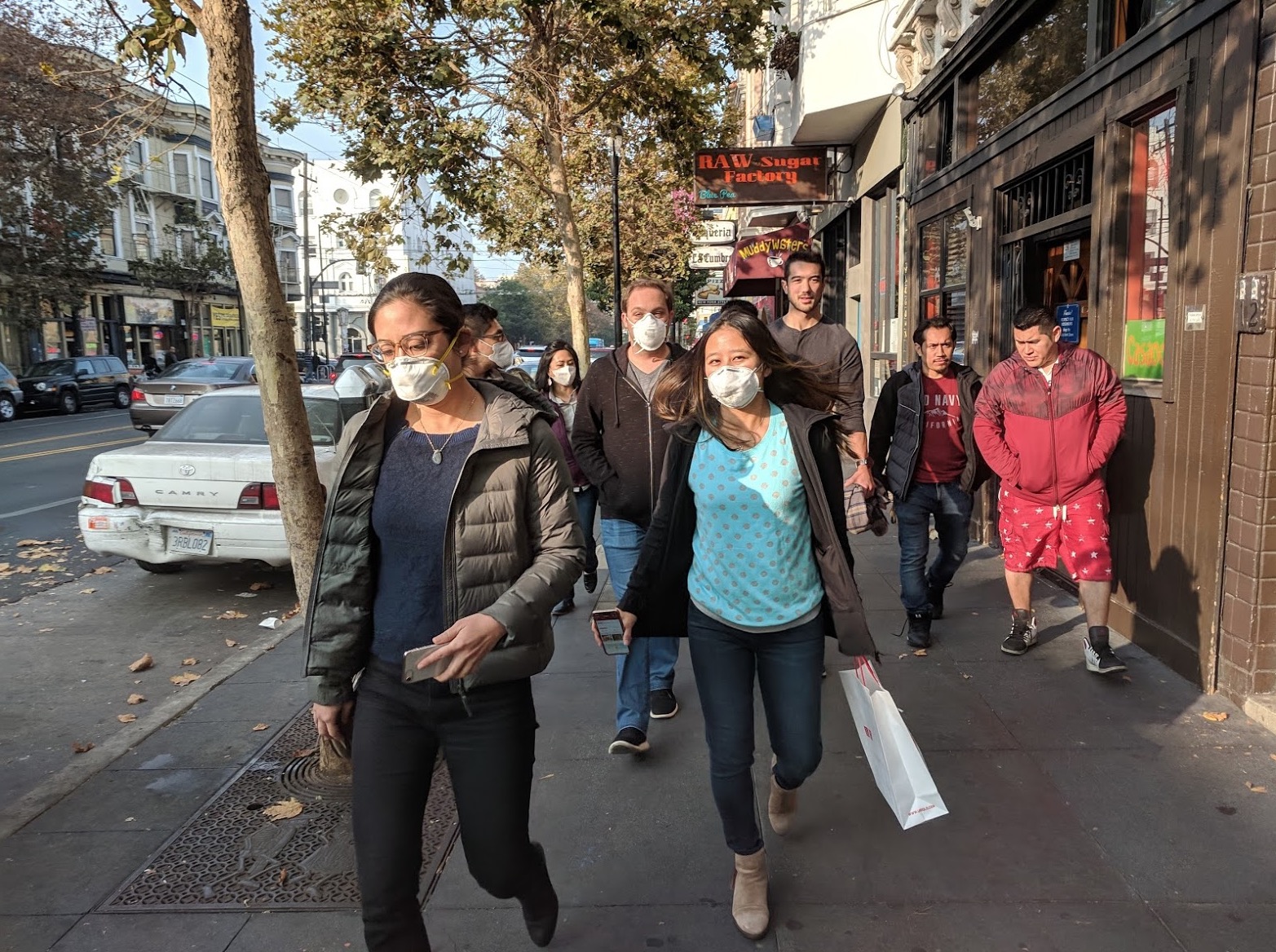
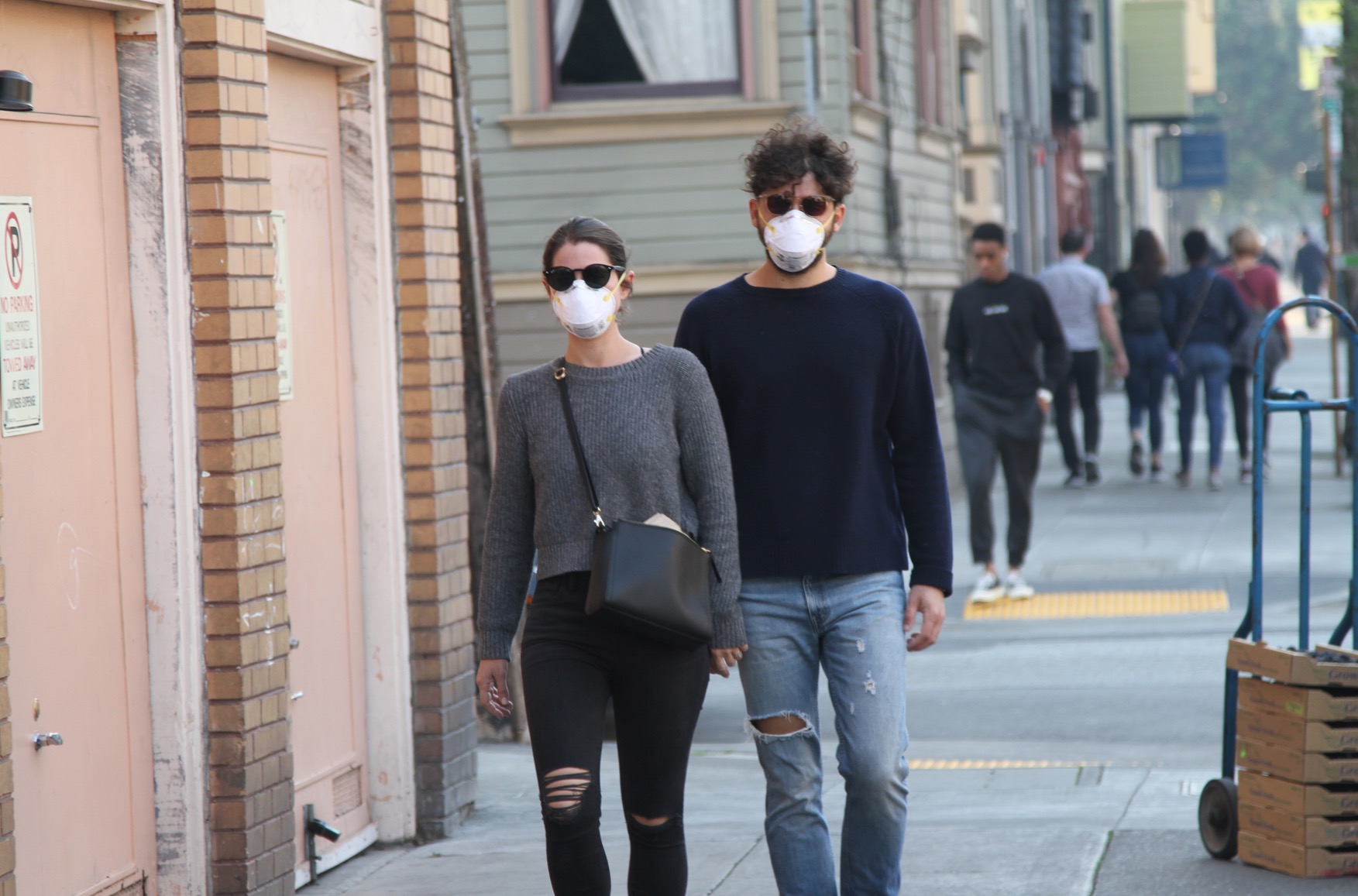
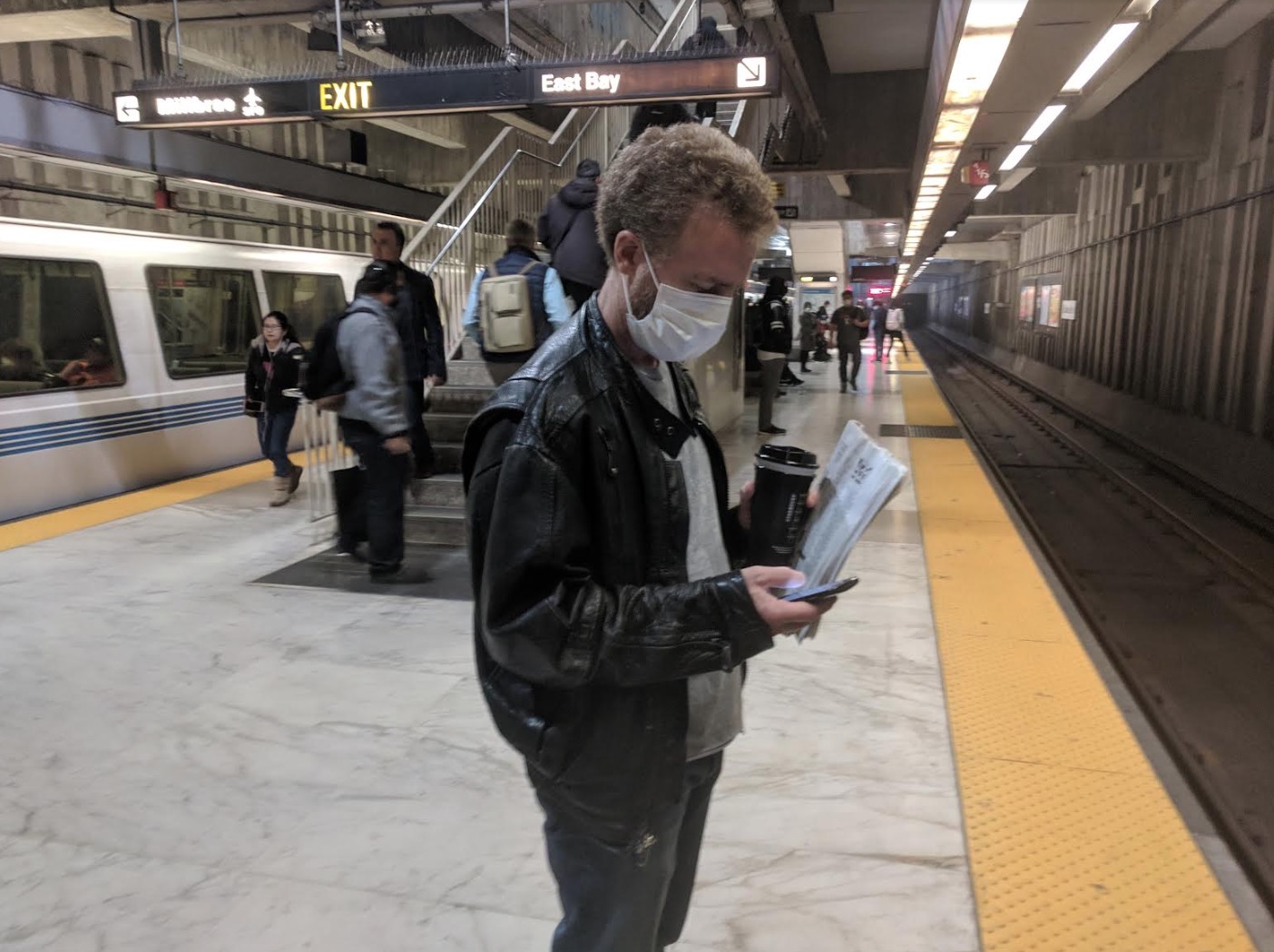
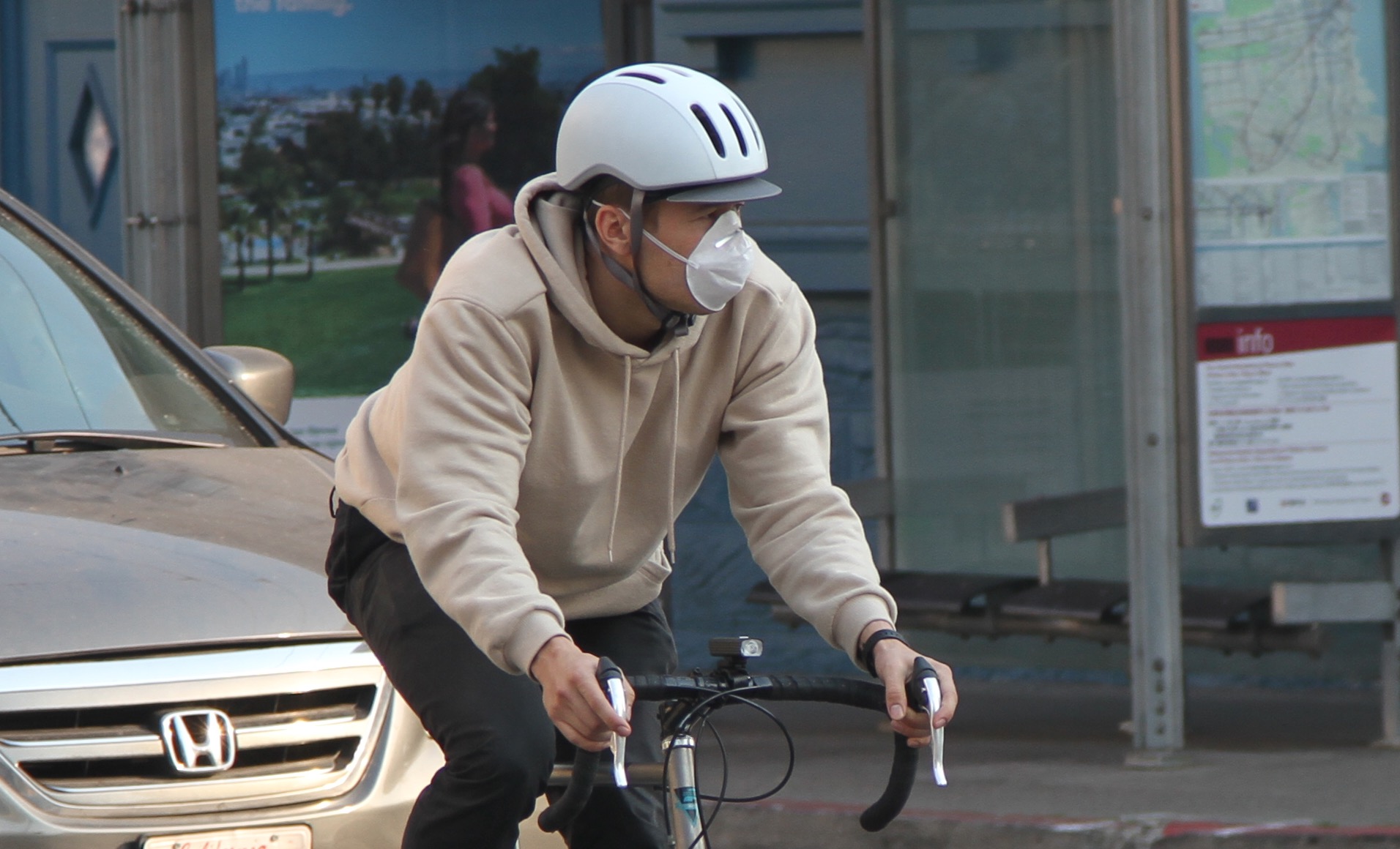
A few months ago I explored the Coffey Park neighborhood in Santa Rosa that had been devastated by last year’s fires. As I walked around and talked to people I asked how different people faired in the aftermath. Folks who were fully insured and had additional resources to fall back on were rebuilding and the local authorities were working hard to expedite the required paperwork. The political and financial pressure to get things back to normal overrode some of the usual institutional friction that typically makes building anything in the region painfully slow and overly complex.
For some properties the rebuilding process involves the Jacuzzi Effect. Destroyed homes are often rebuilt larger and to a better standard than the original since a disaster provides a unique opportunity for a do-over. For those families with enough insurance money and additional resources, why not install that hot tub they had always wanted?
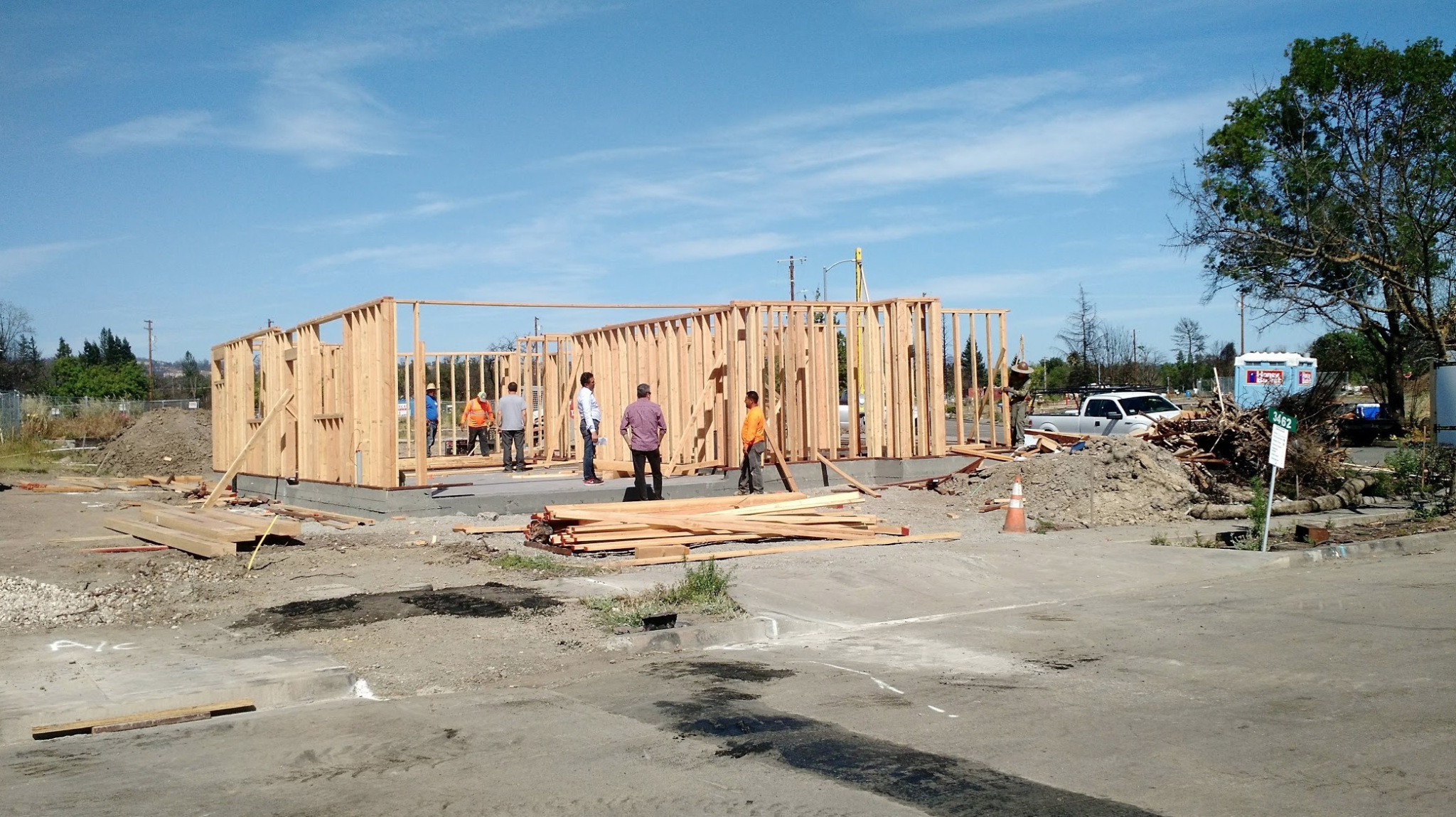
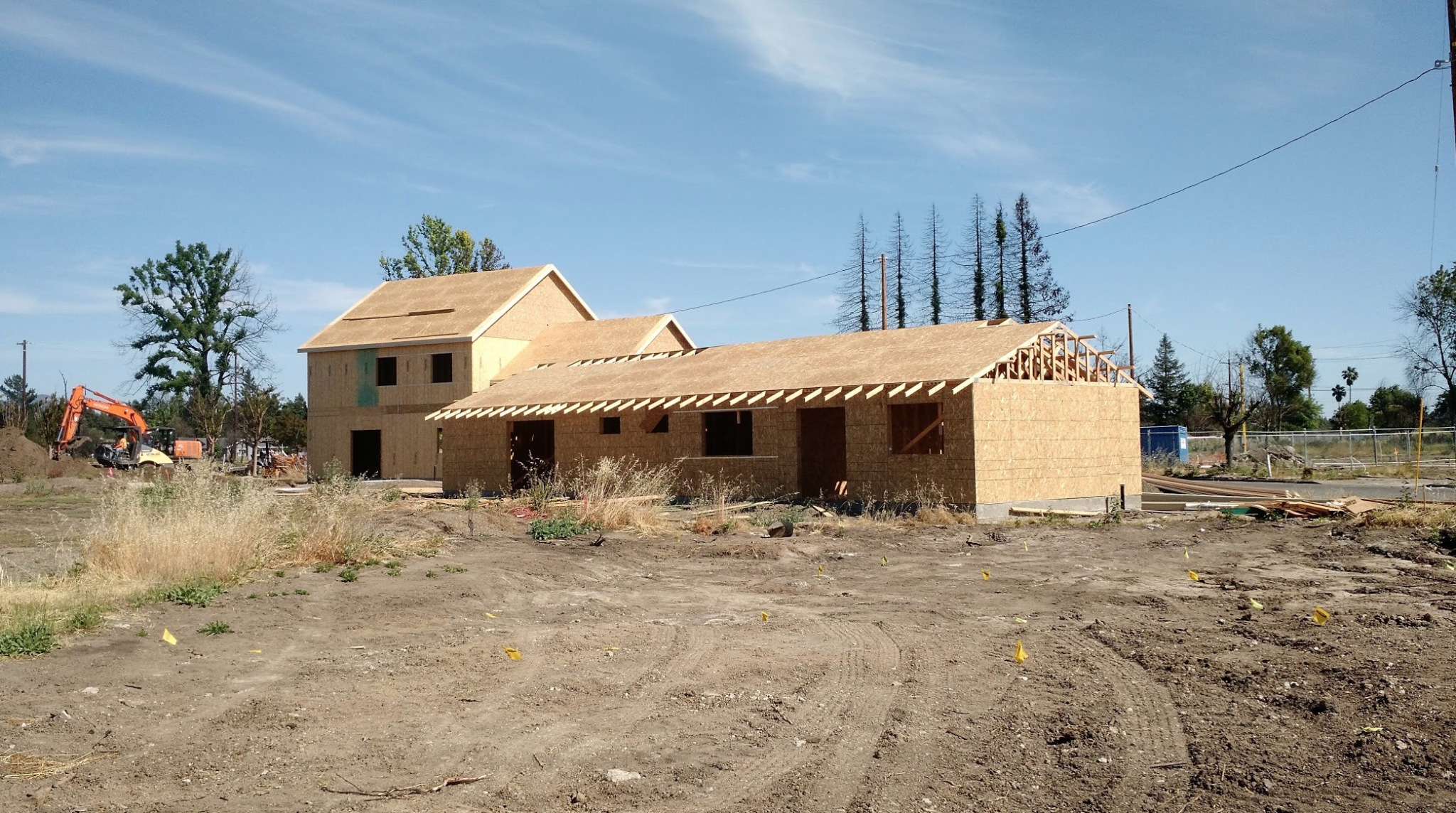
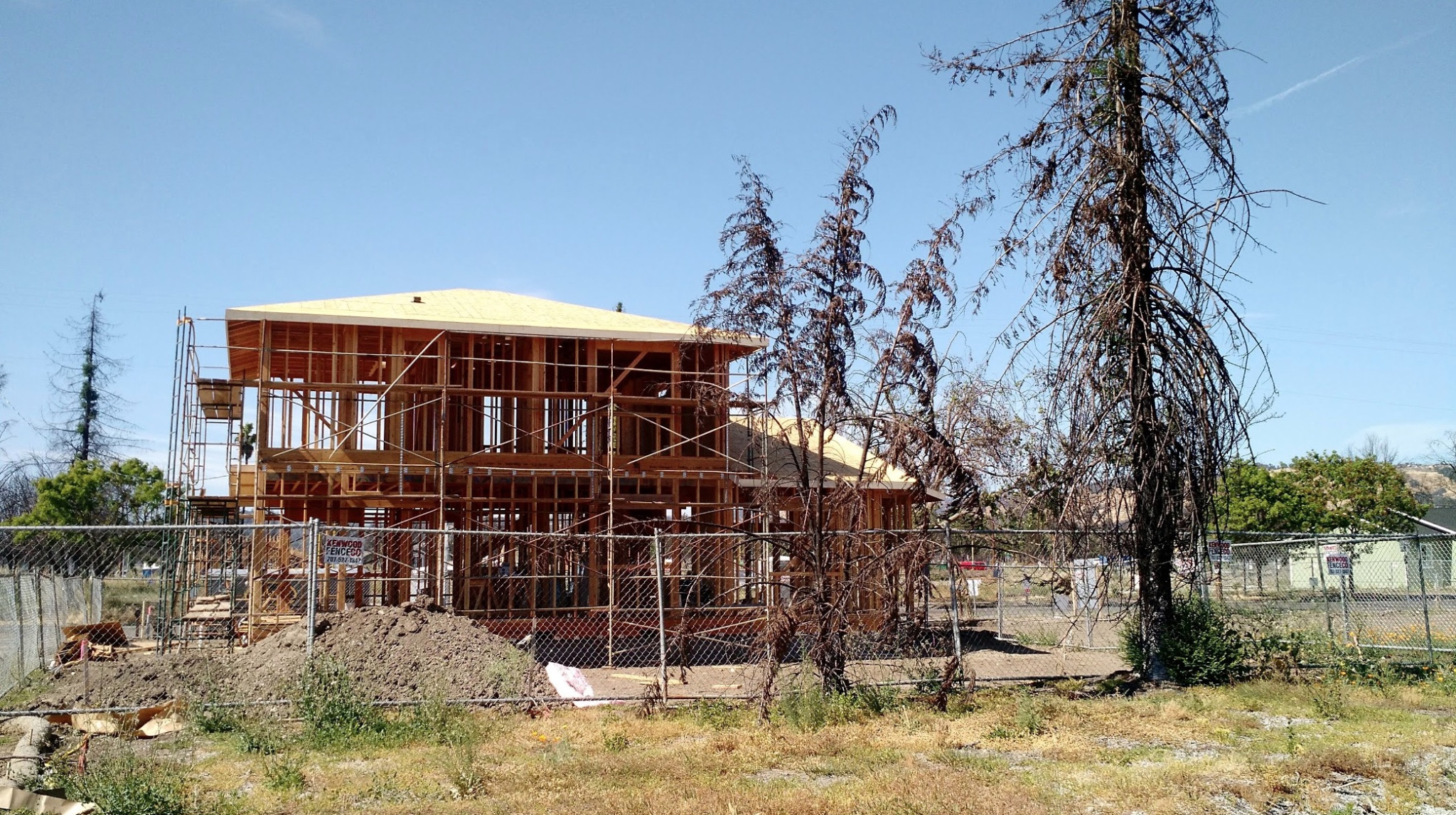
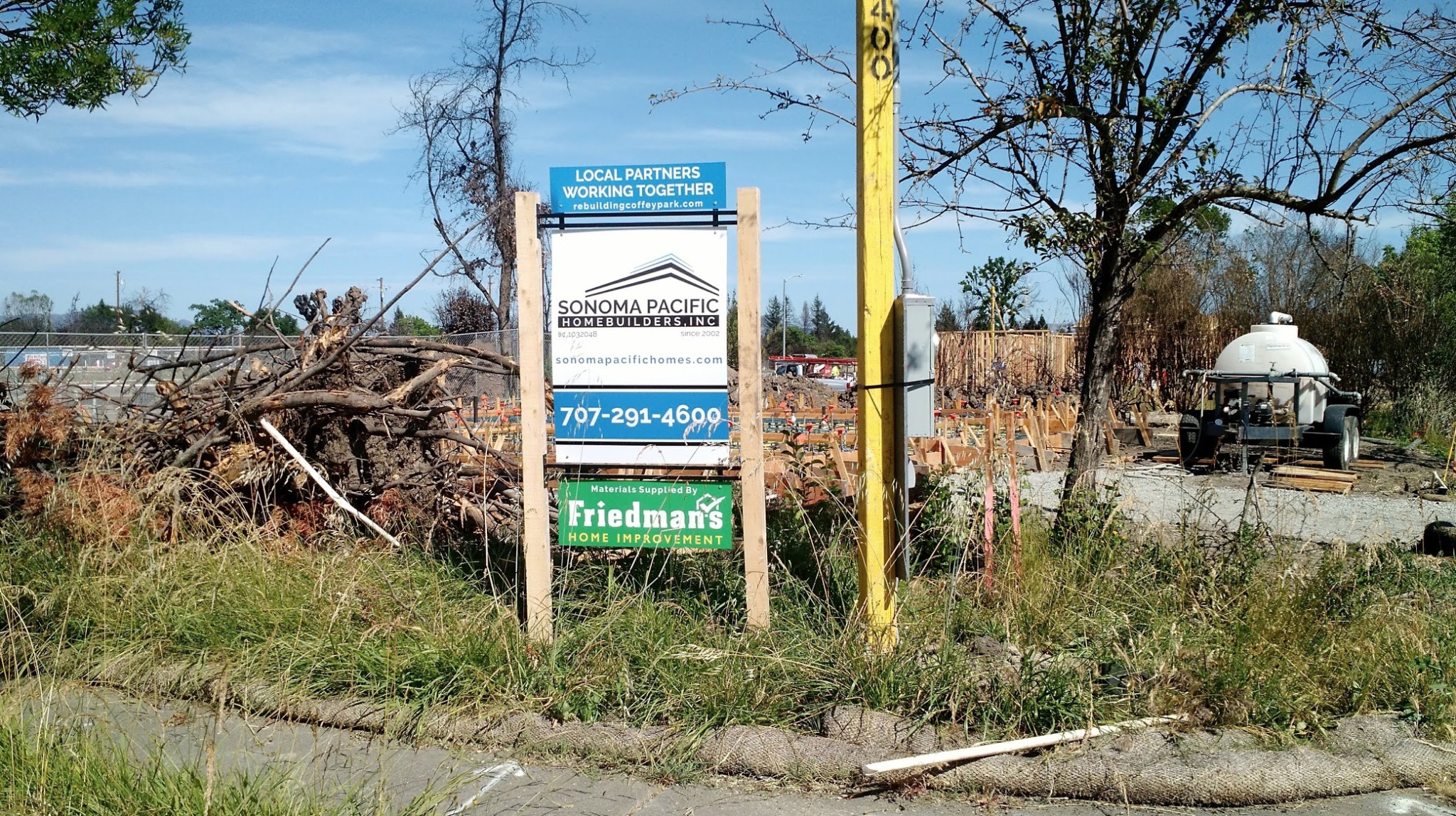
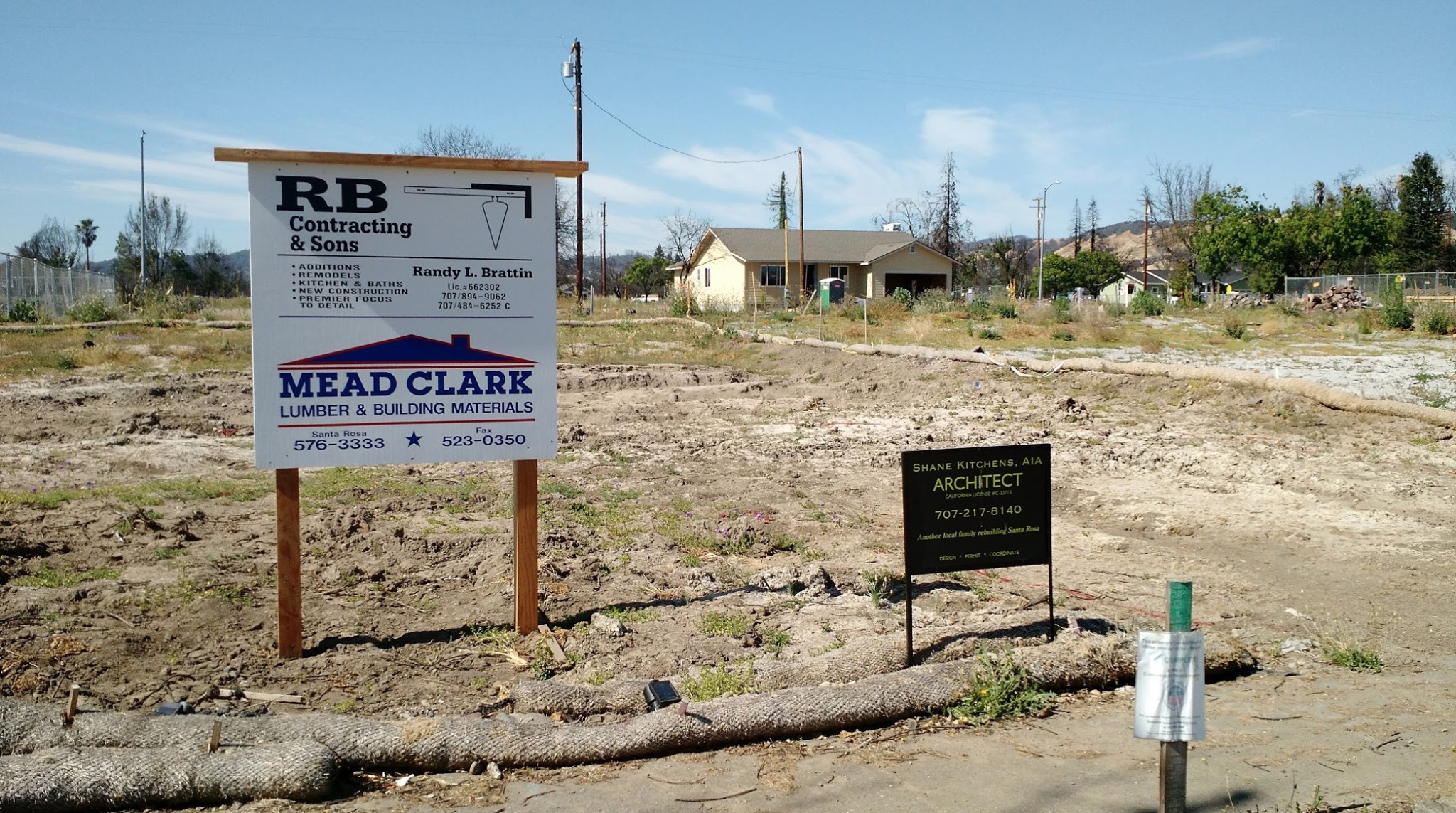
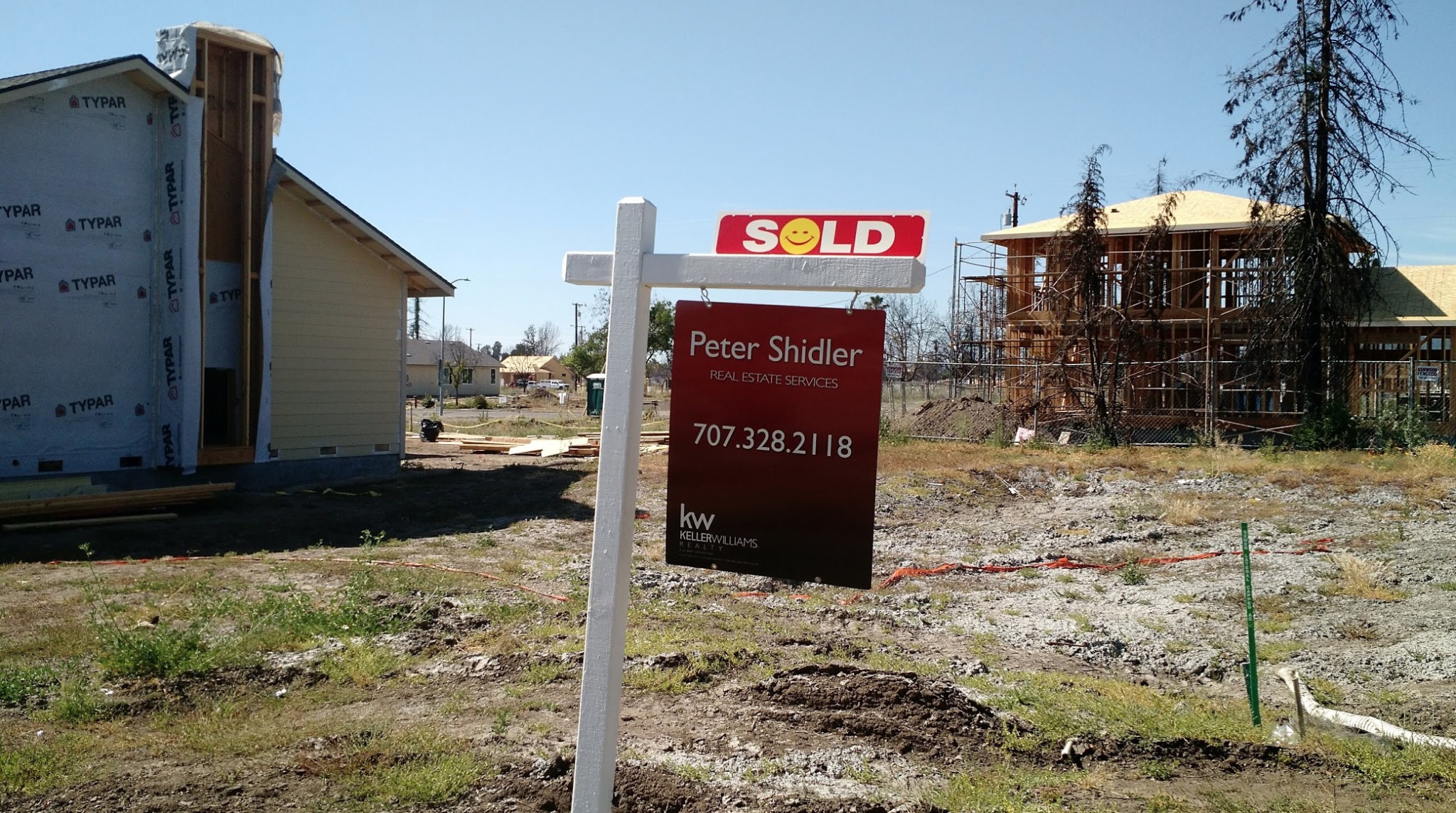
For others the process of rebuilding was overwhelming and the numbers simply didn’t add up. Many homeowners were underinsured and discovered that what had been a sizable asset was instantly transformed into an enormous liability. The cost of rebuilding in an already tight market with a limited labor pool and inflated construction material prices meant the only option was to sell the damaged lot and walk away. People with outstanding debts didn’t always have much money left over. Then where do they go? Renters were in an even worse position. Without renter’s insurance or cash on hand most found themselves in fierce competition for already scarce accommodations with people with far more resources. These folks not only lost their homes and possessions, but many were compelled to leave town or the state entirely and start over worse for wear.
The Journey’s End mobile home park provides another example of how different kinds of people are affected by the same tragic events. The predominantly elderly residents tended to own their homes, some free and clear of any mortgage, others carrying modest debt. The land under the homes was rented for $500 per month, which was extraordinarily reasonable for this part of California. After the fire they were all instantly homeless. The people who had proper insurance have the option of buying a new unit and finding a new rental space – although they will almost certainly have to relocate to an entirely different town, if not another state, in search of affordability. People who were renting, had insufficient coverage, or no insurance at all simply lost everything with no residual value to fall back on.
But the most tragic situation concerns the mobile homes that survived the fire intact. Since they weren’t damaged they can’t collect insurance. But the infrastructure that used to serve the park has been destroyed so the homes are legally uninhabitable. The land owner, the municipal authorities, and other interested parties all want the property to be redeveloped to a higher value use. That’s understandable. But it doesn’t do much for the old residents.
My take away is simple. Know who you are. Know where you fit in to the larger picture. Understand your specific risks. And plan accordingly. Insurance is critical. Make sure you have the right kinds. Don’t assume your old coverage is sufficient. And have a Plan B. It’s best to know exactly where you’ll land after a disaster and to have multiple options whatever your budget or circumstances.
Little Picture
From my perspective the Big Picture stretching out into the future is one of recurring overlapping structural challenges of all kinds. As an individual I have zero control over any of it. But I have a compelling interest in finding effective ways of navigating through whatever may come. I’m sometimes described as a doomer, but I’m actually quite optimistic about all the potential work-arounds.
I live in a one bedroom apartment in San Francisco. Buying this building collectively with a group of friends many years ago has proven to be a blessing as the local economy has provided bountiful opportunity. But it’s also a risk since this is earthquake country. An enormous asset could convert to a tremendous liability in a mater of seconds without warning. For the last couple of decades I’ve attempted to get everyone on board with a proper retrofit of the building. It’s finally happened this month.
The wood frame has been strengthened, the frame has been bolted to the foundation, and the foundation has been fortified.
We were all horrified when the engineer informed us that the main center beam that supports the building had been badly compromised. Back in the 1950s some of the posts that held it up were removed to make it easier to park more cars in the garage. We’re putting those back in. In a moderate quake these improvements will make all the difference. If a really severe quake hits it may not matter. But we’ve done what we could. And we paid cash for the work so we haven’t weakened ourselves financially in order to strengthen ourselves physically.

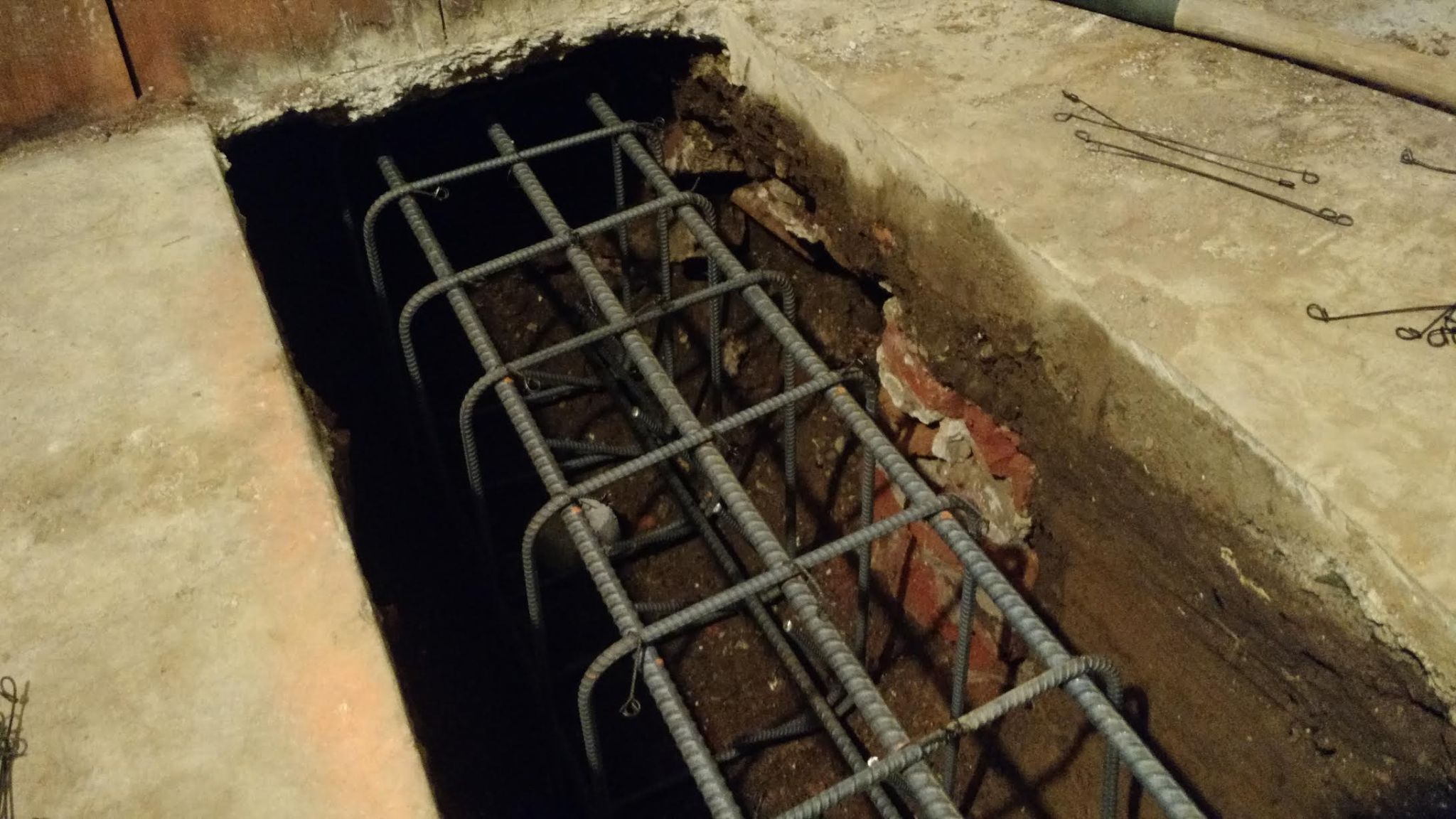
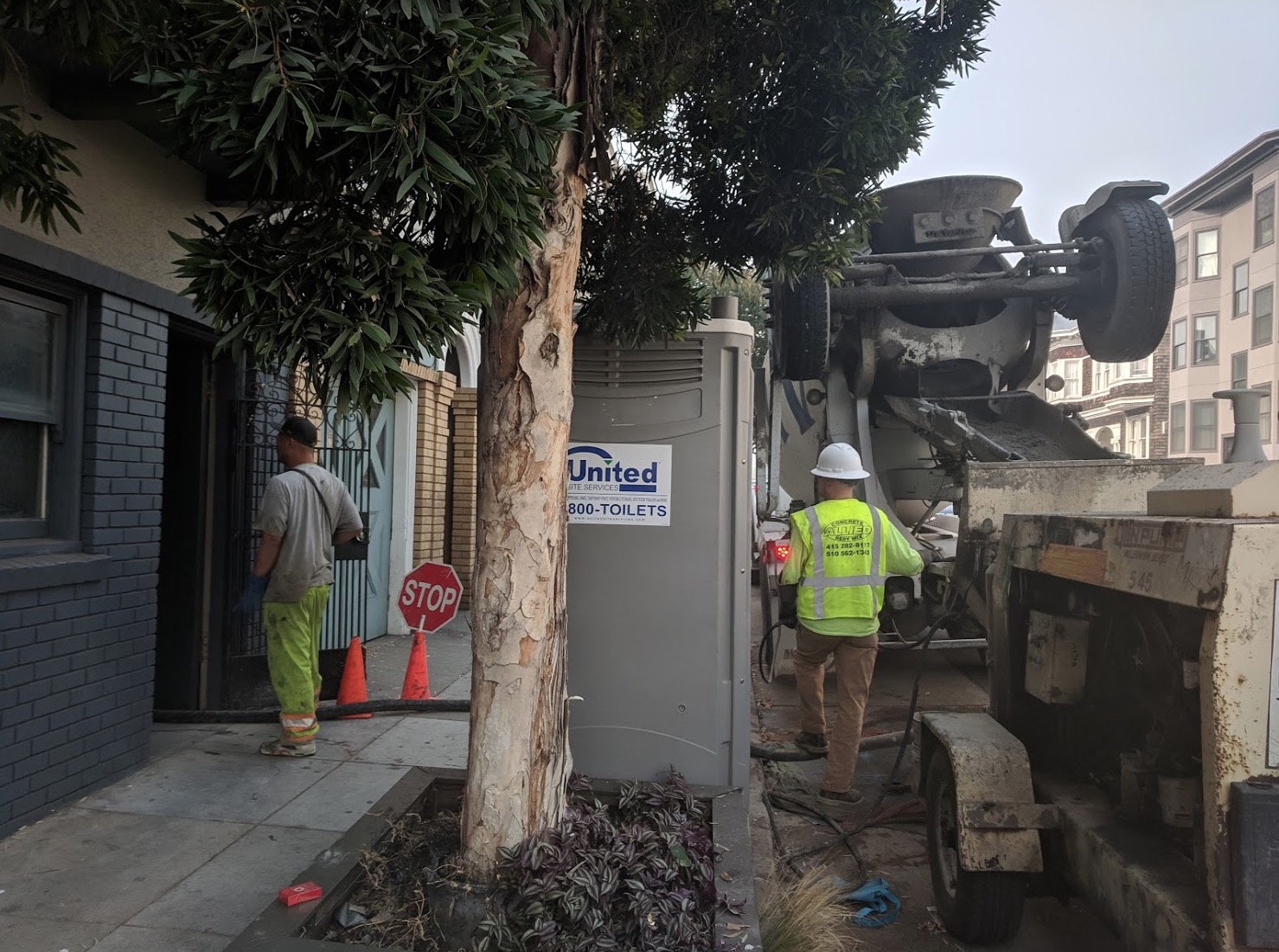
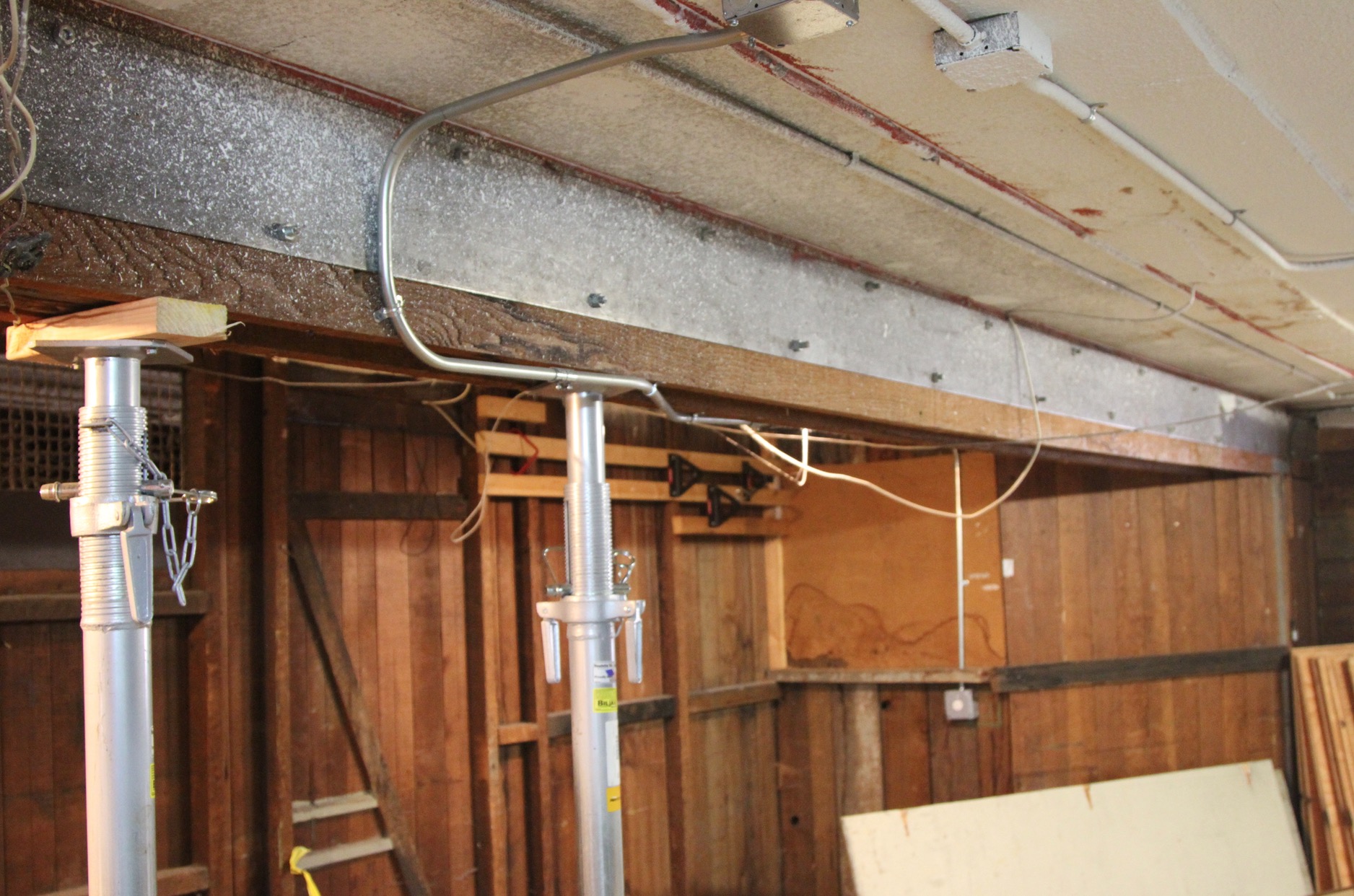

There’s something else I did last year to protect myself from the effects of the next earthquake. I bought a special kind of insurance. Earthquake insurance doesn’t exist in the same way fire insurance does. The insurance industry realized long ago that an earthquake is a systemic society-scale problem that would bankrupt them if an entire city crashed all at once. (The same is true of nuclear power plants. The federal government is the de facto insurer.) So they simply don’t offer coverage. But there are niche policies that can be bought.
In the case of my apartment I purchased a kind of policy that pays out my share of the collective costs of repairs if the condominium association should ever levy maintenance surcharges after an earthquake. It also provides a monthly stipend for two years so I can pay for alternative accommodations while the repairs are underway. Again, this isn’t a panacea, but in a number of possible scenarios it might mean the difference between a reasonable recovery and total loss. I’ve encouraged my friends in the building to do the same.
In the aftermath of the 2008 financial crisis I was able to afford a fixer upper fifty miles north of the city. It was the cheapest, smallest, worst house on the market at the bottom of a major economic crash. There’s no mortgage. The location isn’t quite rural or exactly suburban. It’s in a funky sweet spot where it’s possible to walk or ride a bike to an older farm town that has the basics of civilization. I originally bought it as a Plan B from future financial troubles or difficulties that might emerge in the city. But in the last few years the city has served as a refuge from serious threats in the countryside. I renovated the house in increments careful not to do anything that would trigger the ire of local authorities and aggressively ramped up a productive garden.
This month, while the city place is getting its earthquake upgrades, the country place is getting a new well. Water is a critical resource and the old well was 75 years old. It was just a matter of time before it collapsed. And the old well was only 71 feet deep. The new well will be much deeper. Again, there are no guarantees that this well will solve all the water problems to come, but it’s part of a larger set of arrangements that collectively help build resilience.
I’ve owned a variety of other properties stretching from Hawaii to Ohio thinking that diversification across the landscape was wise. But I’ve sold them off over the last couple of years as my understanding of the situation has shifted. I’ve hardened the places that I still own. I’ve built up resilience in both the city and country. Now instead of owning more such properties, I’m putting my Plan C efforts into becoming liquid and flexible. I’m keeping other options open by being ready, willing, and able to just walk away from everything and starting over elsewhere if need be.
(All photos by Johnny Sanphillippo)




We have chosen a rural life—who pays for our infrastructure? The short answer is: we don't have much of it, but we take care of our own needs. Strong towns require strong citizens: people who learn to take control of their lives and do for themselves things that are doable.